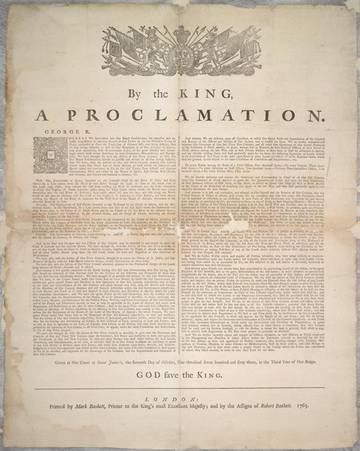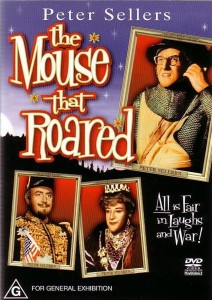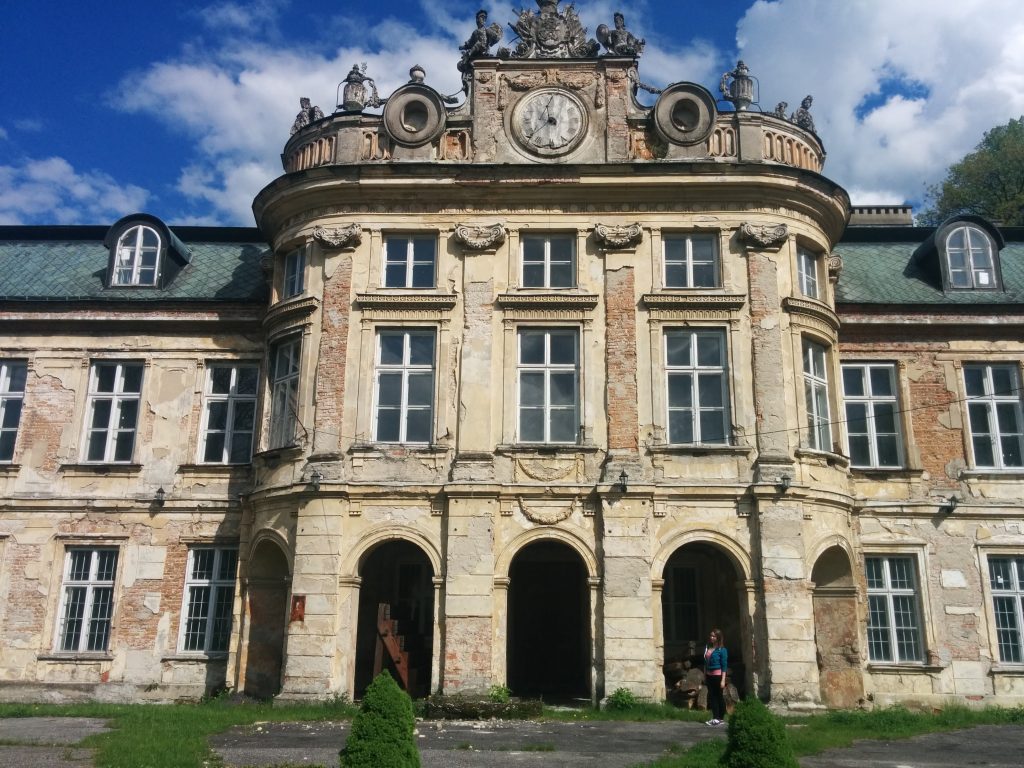
I have a great story to tell you. One that contains a story within itself.
Once there was an elf who lived in a village occupied by other elves ,fairies, ogres, and orcs. He overheard some elders one day talking about a witch who lived in the woods who had the most fascinating of stories to tell about the world’s ancient history. The elf was very curious to hear this story, so off he went on his adventure, going off into the woods to find the witch with the fascinating story.
As he got further into the woods, he noticed a little cottage near the edge of a river. To his surprise, there was indeed a witch there. She stood by the brook with her hands in the water, perhaps collecting newts or frogs. He started to get nervous but remember what the elders had told him and his excitement took over his anxiety.
The elf approached the witch with a sense of curiosity. What could this story be? He briefly introduced himself to the witch and told her what the elders had said to him.
“I warn you, this is not a tale you wish to hear.” This only made the elf more intrigued. He begged the witch to indulge him with her words.
“You will not be the same after this tale. You will think differently. Act differently. It will change your perspective of the world and everything you believe of it. You will be a different person than who you were when you came to me.
The elf entertained this, and was interested to see what the witch meant. He had always thought the same about the world, he was curious to discover another perspective. He realized he wanted to find out what it was like to think differently.
“I would like to experience this,” he finally consented, and waited anxiously for the witch’s reply.
“Very well.” And this is the story she told.
“Long ago, in an ancient time, there existed many creatures, more than you would see today. Not just orcs and elves and fairies and orgres, but creatures like pixies, dwarves, trolls, goblins, dragons…”
The elf had only heard about these creatures in other stories.
“All these creatures lived in harmony, and in a beautiful place called Alivea. Alivea was a place where all beings could live as they wished, with waterfalls that ran freely and trees that grew endlessly. Everyone took care of each other. And while some creatures were stronger and more intelligent than others, this never affected the peace each being felt with one another.”
The witch paused for a moment there. The elf looked at her with excitement in his eyes. He had already become so invested in her story. The witch sighed. She knew his expression would soon change.
“But the Orcs did not like being equal to creatures such as fairies or gnomes or elves. They did not want to share what they had, and they wanted control over Alivea.”
“Soon the Orcs began fighting with those they considered as their equals, so no one would be as strong as them. They started with the goblins, then the trolls, wiping them out of Alivea. The dragons, arguably the strongest of them all, did not approve of this at all. They tried to restore order to Alivea. But alas, they were outnumbered, and they, too, were wiped from existence. They stopped after killing off the pixies, satisfied they had done enough but also aware they could not wipe out all the creatures. So they took over Alivea and enslaved the beings that remained: the fairies, the elves, and the ogres. They made them hate each other, had them fighting over resources. Not that they realized not everything had to be shared, not that they realized some were stronger than the others and could use it to their advantage, they began to harm and steal and do all these terrible things, all because these Orcs brought this evil upon their world.”
The witch saw how the elf’s face had fallen. She had warned him, but perhaps it was time he knew of this tale.
“But surely things are better now. Unless, of course, it’s in their nature…”
The elf became unsettled, particularly after that last line. He nodded and stood up uneasily. He thanked the witch as he turned away from her and continued back along the path.
As the elf made his way back to his village he began to feel sick. Some of his good friends were Orcs. Were they really this cruel? Did they really believe the same things the Orcs in the witch’s story had? Were they all related in some way?
When he got back to the village and saw his friends, he couldn’t help but think back to what the witch had said. Would his Orc friends do something so unjust like in the story? Would they cause him to turn against his other friends, like the fairies and the Orgres? The witch was right — he had gained a new perspective. But it wasn’t a very nice one. Maybe his thoughts were a form of the evil in themselves.
He wish he hadn’t heard the story. He wished he had heeded the witch’s warning. If only he wasn’t so curious…
But it was too late. The story had already been told. And he could never give it back.
Commentary
Telling this story orally was certainly a different experience from reading and writing it. In particular, I found it more uncomfortable to the read the story out loud to someone rather than have them just read it while I distract myself with something else. I think this changed how the story went — I was more nervous and giggly and unsure of myself, feeling strange and a little silly as I am not usually confident with putting my work out there, especially when someone can see me as an author but also put my voice to the words. But orally performing the story does give you more connections with your audience than if they were to just simply read it.
I found it’s also difficult to keep a consistent story. By this I mean, while all the elements are there, the story will always be told a little differently each time. Even if you have memorized the whole thing, you may have forgotten some words, or, more often, you feel like something should be changed in that particular moment. Something as subtle as just a word or a phrase, but you may change it depending on your audience or how you feel. It may never be exactly as how you have written it. That is why story reading is different from story telling. Chesin puts it perfectly: “the teller is free, the reader is bound” When reading a story, you tell it exactly as it is written. One may argue that a reader can change the story as well, but that just makes it more like they are telling the story, not just reading it.
In conclusion, I found that telling my story was much different from what I am used to. If I am presenting orally, it is usually by improvisation, and I find reading the words of my story out loud is easier than just telling it. But telling the story defiantly makes me feel more connected to my audience, and, with that, the story I am telling as well, and I feel it is a much more powerful means to get a point across.
Works Cited
Chesin, Gerald A. Storytelling and Storyreading. Jstor. N.p., n.d. Web. 30 May 2016.
Denning, Steve. Oral versus Written Stories. Steve Denning. N.p., n.d. Web. 30 May 2016.
Witch Elf v White Lion. Digital image. Https://www.pinterest.com/pin/307230005801566034/. N.p., n.d. Web. 30 May 2016.







